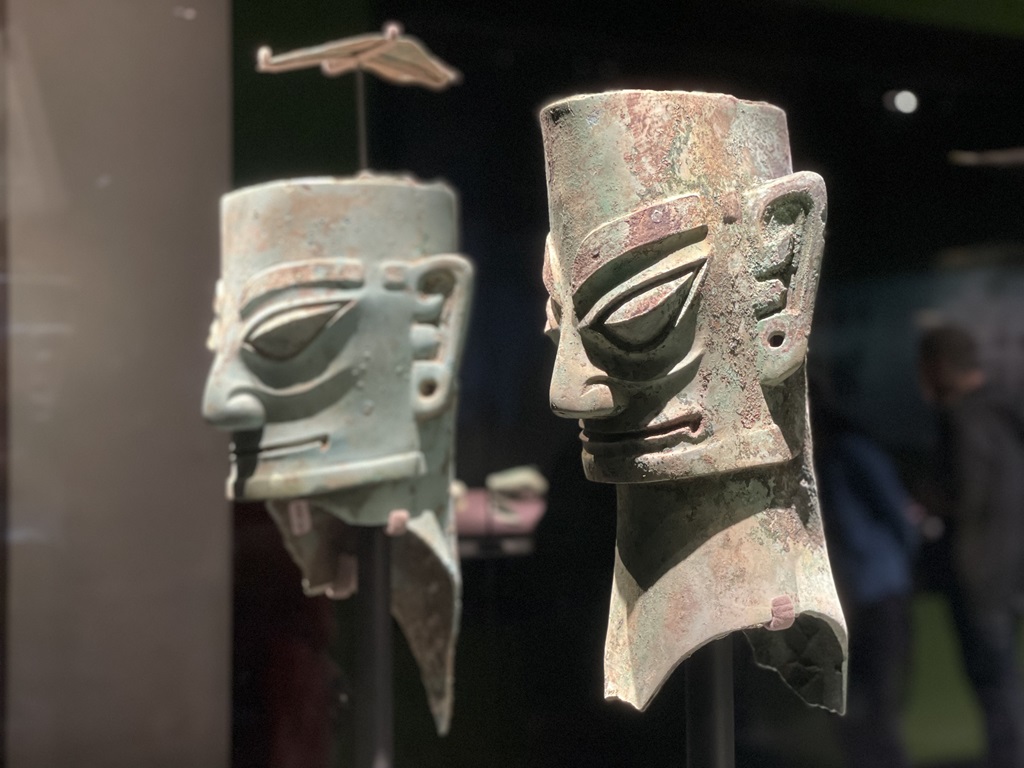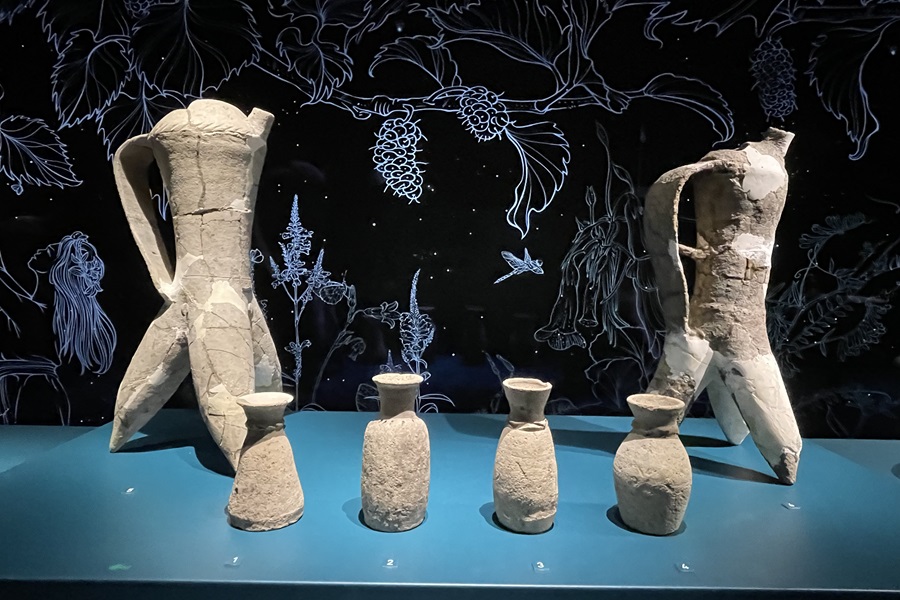Sanxingdui: A Priceless Material Treasure

Since the opening of its new and impressive building in July of this year, the Sanxingdui Museum in Guanghan, Sichuan Province has seen a constant stream of visitors. The expansive facility boasts exhibition halls showcasing artifacts unearthed from the adjacent archaeological site, located nearly three kilometers away.
Dating back over 3,000 years, Sanxingdui served as the capital of the ancient state of Shu. The site comprised various zones, including residential and palatial areas, as well as spaces designated for burials, sacrifices, and manufacturing. The credit for discovering this ancient culture goes to a local farmer who, in 1927, stumbled upon jade objects and other materials. Formal excavations commenced seven years later in 1934. To date, approximately 10,000 objects have been excavated, shedding light on the culture, beliefs, and daily lives of the ancient Shu inhabitants.
The pivotal discovery occurred in 1986 when two sacrificial pits were unearthed. One contained around 400 pieces, and the other held 1,300 artifacts made of jade, bronze, ivory, gold, seashells, and animal bones. Among the renowned Sanxingdui artifacts are bronze masks with distinctive features, suggesting they might have represented shamans acting as intermediaries between the earthly and spiritual realms. The collection also includes numerous sculptures of mythological creatures such as dragons, as well as animals like snakes, birds, and pigs. The most prominent item is a mythological tree standing at nearly four meters tall and weighing over 500 kilograms.

Zheng Jiao, a tour guide, reveals that the Sanxingdui Museum typically welcomes around 10,000 visitors and up to 15,000 on holidays or vacations. The site’s allure extends beyond the local populace, drawing visitors from various Chinese cities and other countries. Having worked at the Sanxingdui Museum for almost seven years, Zheng Jiao appreciates the opportunity to share her knowledge with visitors. “I believe the artifacts found in the Sanxingdui site exhibit a style distinct from those discovered in the central plain area of other provinces, underscoring the existence of different equally splendid civilizations in ancient China,” she remarks.
International visitors are amazed at the civilization shown by the cultural relics of Sanxingdui. “The discovery of this archaeological site was undoubtedly shocking and miraculous for the Chinese people, as some artifacts bear a resemblance to extraterrestrial beings due to their peculiar features,” notes Magdalena Rojas, a journalist from China Today. Conversely, Rebeca Phang, a foreign editor at China.org, points out the striking resemblance between Sanxingdui masks and those from pre-Columbian cultures in Latin America, including the Aztec, Mayan, and Incan cultures.
While there are no written records of the Sanxingdui culture, ongoing excavations at the archaeological site continue to unveil new facets of this millennia-old civilization. The artifacts, born out of toil and dedication, stand as an invaluable material treasure for humanity. (Photographs by Devinder Kumar)
